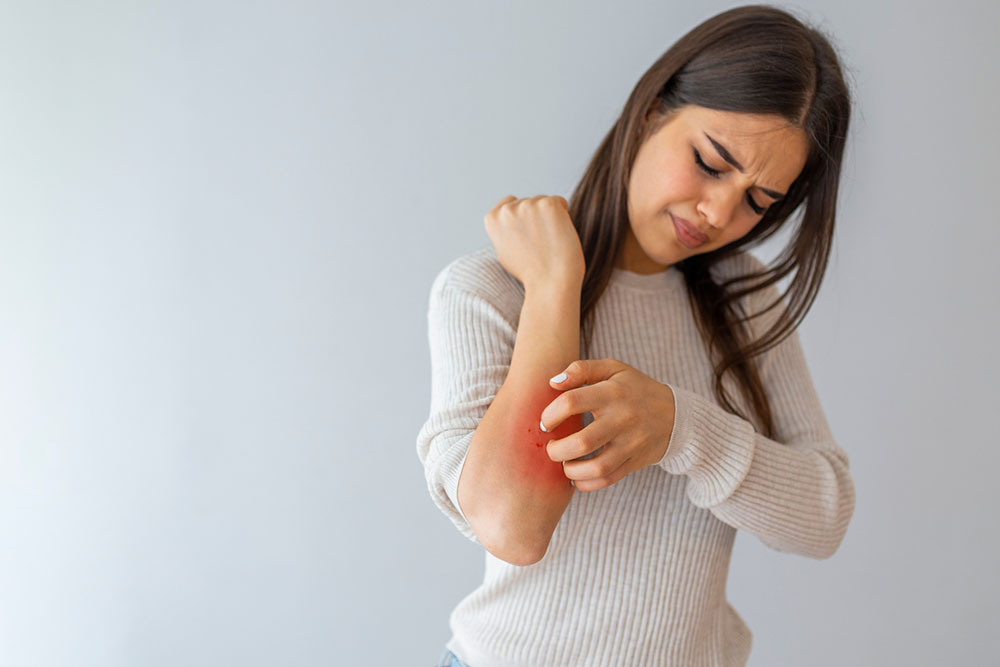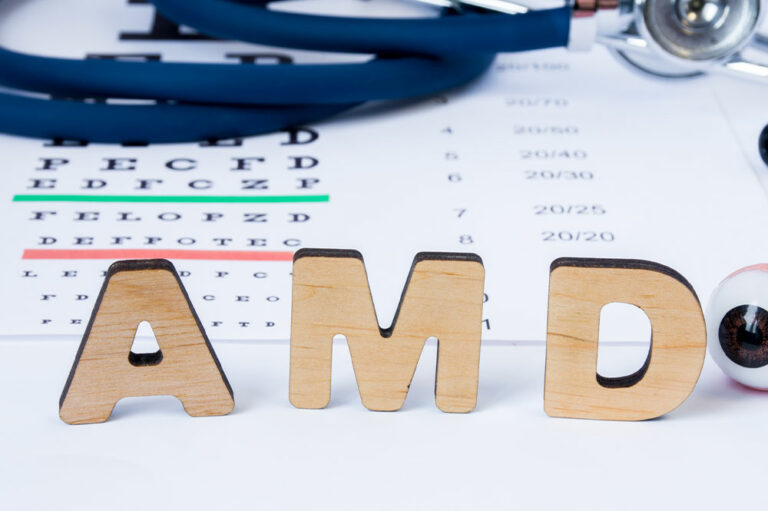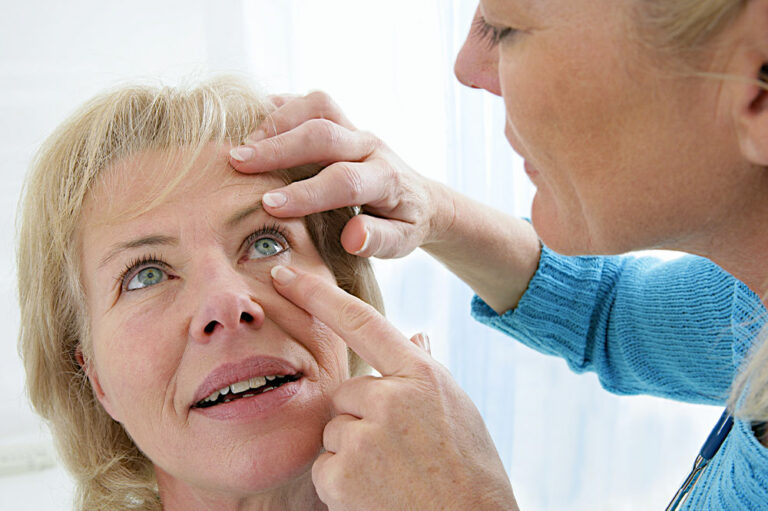
10 signs of developing psoriasis
Psoriasis is an inflammatory condition that causes scaly patches on the skin. Although it is a chronic condition with no known cure, there are a few ways to manage its symptoms with treatment and home remedies. But for effective long-term management, psoriasis must be diagnosed early. That’s why one should visit the doctor immediately after developing the symptoms. The signs mainly differ depending on the type of psoriasis a person has.
Raised, inflamed patches of skin
One of the most common types of psoriasis is plaque psoriasis, which leads to raised patches on the skin. These patches are usually red but can sometimes be purple or silver. They result from inflammation of the skin and can be very itchy. Plaque psoriasis patches mostly develop on specific body areas, such as the elbows, knees, trunk, limbs, and scalp. When the patches develop on the scalp, the condition is called scalp psoriasis. Around 45 to 56 percent of psoriasis patients have scalp psoriasis.
Flaky skin
When psoriasis develops on the scalp, individuals may notice dead skin flakes in the region. These flakes are mostly silvery white. Individuals unaware of the condition may mistake these flakes for dandruff. It is important to note that the flakes caused by psoriasis are very different from those caused by dandruff. While dandruff flakes are usually small, the flakes caused by scalp psoriasis are much bigger and thicker.
Itchy skin
The raised and inflamed patches of skin caused by psoriasis also tend to itch a lot. Even in scalp psoriasis, the scalp may itch immensely when the skin develops flakes. In such a situation, individuals must control the urge to scratch the patches because it can inflame and thicken them even more. A dermatologist can suggest treatment options to relieve the itching and help the patient focus on daily tasks.
Dry and cracked skin
Another sign of developing psoriasis is the appearance of cracks on the skin. The skin may become dry and form cracks, which can sometimes bleed.
Small red bumps on the skin
If individuals notice small, red bumps forming on their skin, it could point toward another type of psoriasis called guttate psoriasis. A telltale characteristic of guttate psoriasis bumps is that they appear suddenly on the skin and go away without intervention or treatment. These bumps mostly appear around the torso, arms, and legs. In rare cases, they can develop on the face, ears, and scalp. People with guttate psoriasis can go on to develop plaque psoriasis, but that does not always happen.
Rashes in the folds of the skin
Yet another type of psoriasis is inverse psoriasis. The main sign of the beginning of inverse psoriasis is the development of rashes where the skin folds. This includes body parts such as the armpits, the area under the breasts, genital areas, and the buttocks. Due to the rashes, one may feel much pain and discomfort when sweating in these areas. The rashes look smooth and shiny and are usually red or purple. They can make it hard to exercise or perform physical activities that cause the skin to rub against itself.
Pus-filled bumps on the skin
Pustular psoriasis is another type of psoriasis that affects a lot of people. The formation of pus-filled blisters on the skin usually indicates developing pustular psoriasis. These bumps are surrounded by red skin and mostly form on the hands or the feet. Sometimes, they can even develop on the whole body, leading to a condition called generalized pustular psoriasis (GPP). The bumps usually break open within a day of forming and ooze out pus. After the pus is released, the skin of the bumps dries and peels off. Individuals often mistake the development of these pus-filled bumps for pustular acne lesions.
Nail pitting
Nail psoriasis is a type of psoriasis that affects the nails. If one suddenly notices that their nails have small dents or are starting to crumble, it could indicate the development of nail psoriasis. Sometimes, one may even notice their nails showing yellow, brown, or white coloration or being separated from their skin. Individuals with plaque psoriasis are usually at risk of developing nail psoriasis. That’s why one should see a doctor and take the necessary precautions to prevent plaque psoriasis from worsening as time passes.
Painful and swollen joints
The type of psoriasis that affects the body’s joints is called psoriatic arthritis. People with psoriasis are usually at risk of developing psoriatic arthritis. A common early sign of this condition is swelling of the joints, mainly the heel joint. The heels may also be painful, especially while walking. One may even notice swelling and pain in other joints, such as their fingers and toes.
Skin injury that worsens with time
Individuals must also look for skin injuries that worsen over time, as this may indicate the beginning of psoriasis . One may notice certain cuts and scrapes on the skin areas that have suffered trauma. If that happens, individuals should visit a healthcare professional to determine the cause. As mentioned, detecting psoriasis early can help patients manage the condition better in the long term.







